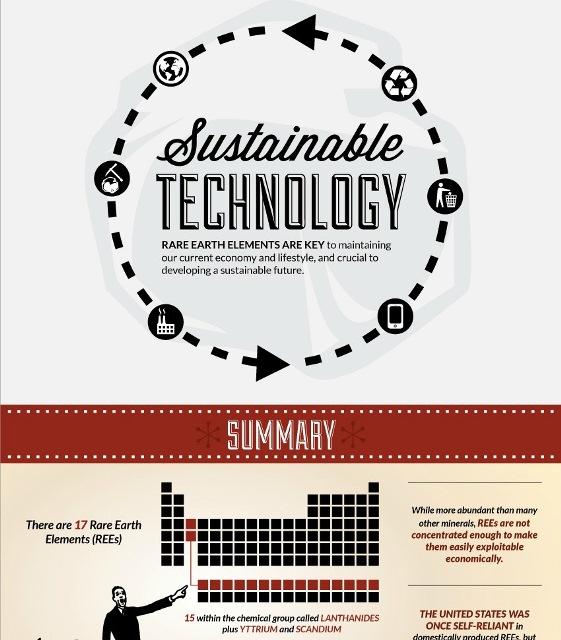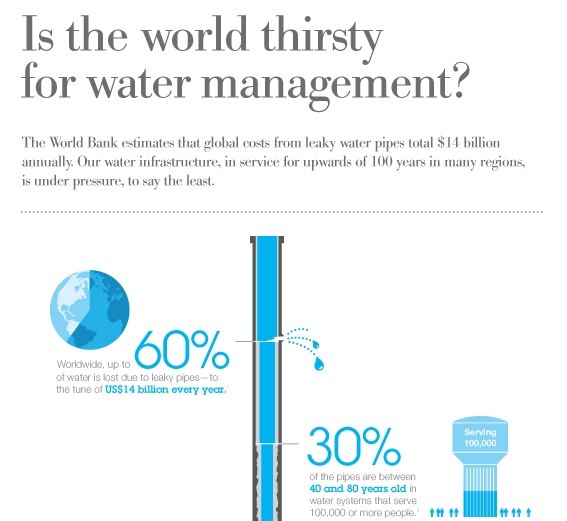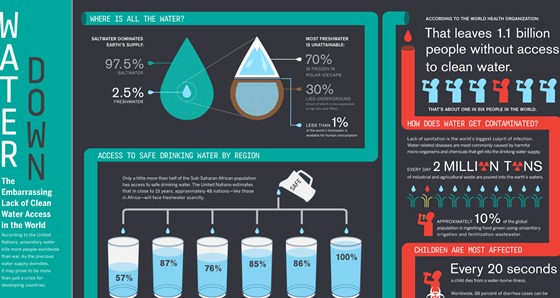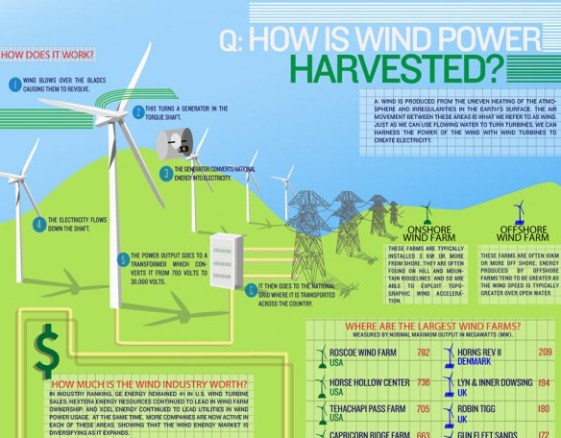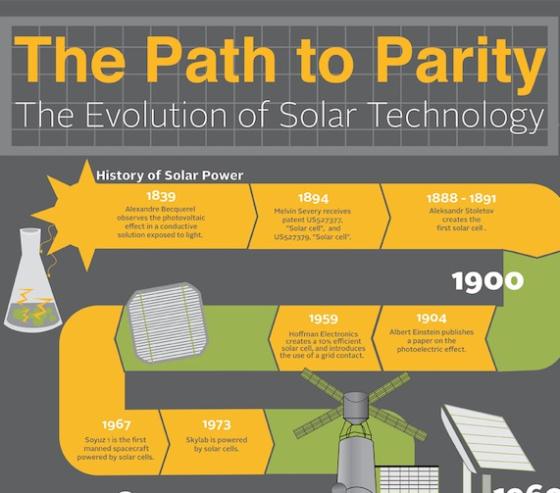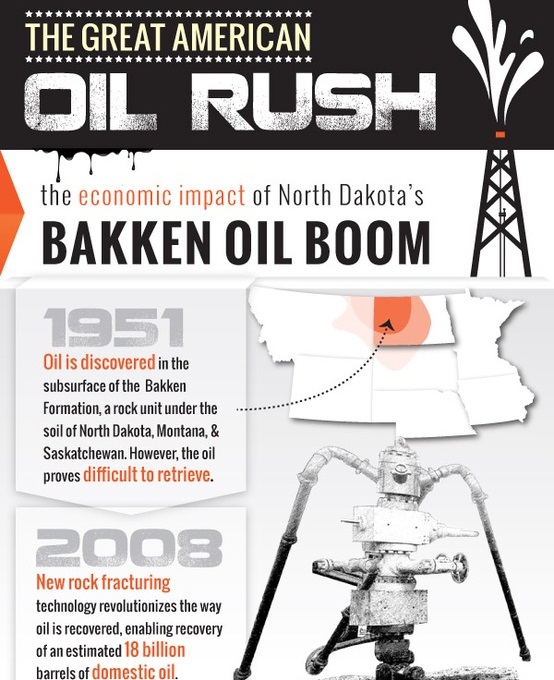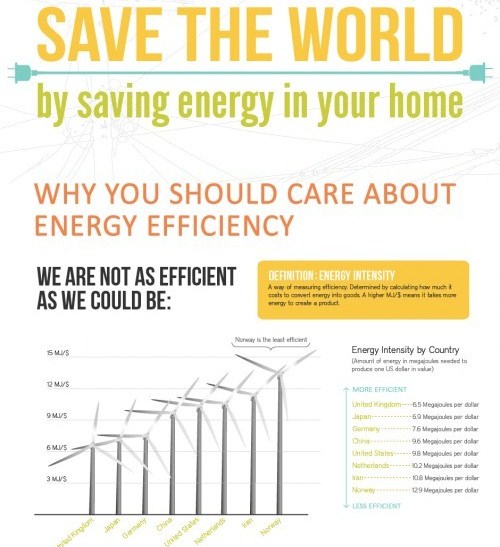How Technology Destroys and Uses Earth’s Natural Resources
Rare earth elements are key to maintaining our current economy and lifestyle, and crucial to developing a sustainable future. While more abundant than many other minerals, REEs are not concentrated enough to make them easily exploitable economically.
Source: vouchercloud
Is the World Thirsty for Water Management?
The World Bank estimates that global costs from leaky water pipes total $14 billion annually. Our water infrastructure, in service for upwards of 100 years in many regions, is under pressure, to say the least. Worldwide, up to 60% of water is lost due to leaky pipes-to the tune of USS 14 billion every year.
Source: IBM
WHO: The Embarrassing Lack of Clean Water Access in the World
According to the United Nations, unsanitary water kills more people worldwide than war. As the precious water supply dwindles, it may prove to be more than just a crisis for developing countries. Only a little more than half of the Sub-Saharan African population has access to safe drinking water.
Source: worldwater
How is Wind Power Harvested?
A wind is produced from the uneven heating of the atmosphere and irregularities in the earth’s surface. The air movement between these areas is what we refer to as wind. Just as we can use flowing water to turn turbines, we can harness the power of the wind with wind turning to create electricity.
Source: egsustainability
Evolution of Solar Technology
While solar has been refined over the years, the basic technology is still the same. What has changed is that solar is now cost competitive with conventional energy.
Source: nationalgeographic
How Mountain Top Mining is done and it’s Effects on the Environment
In the last decade, the escape and scale of mountaintop mining has escalated with dragline use. These machines can weigh up to 8 million pounds and stand as tall as a 20-story building. In an 8-hour shift, a dragline operator can move enough soil for 40 million houseplants.
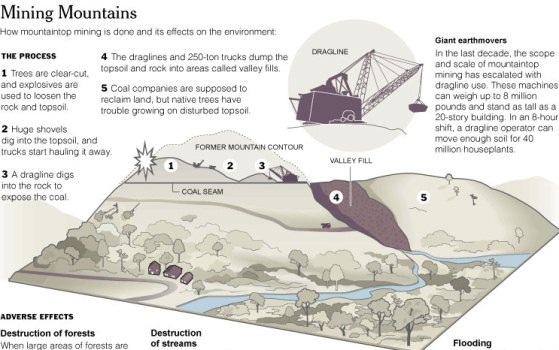 Source: nrdc
Source: nrdc
The Great American Oil Rush
In 1951 oil is discovered in the subsurface of the Bakken Formation, a rock unit under the soil of North Dakota, Montana, & Saskatchewan. However, the oil proves difficult to retrieve.
Source: npr
How to Reduce Wastes at Events
Trade shows can generate an exuberant amount of garbage. The trash comes from flyers, samples, packaging, and much more, and it piles up fast, creating endless amounts of unused or barely used materials. Check out the graphic below that illustrates some solutions for “cleaning” up the trade show industry and making them a green-friendly environment.
Source: smashhitdisplays
Save the World by Saving Energy in Your Home
Today, the majority of residential and commercial construction is done with energy efficiency in mind. In the US alone, buildings count for 72% of electricity consumption. Since so much energy is used in the residential sector, conserving energy in your home is an easy and effective to reduce the world’s energy consumption.
Source: elocal
Benefits of Hybrid
The average American drives 15,000 miles a year, the distance from Los Angeles to Sydney and back. Americans use 140 billion gallons of gas per year, enough to fill 6.6 million swimming pools. We would save 715 million tons of co2 pollution per year, more than the total co2 air pollution of Canada or the United Kingdom.
Source: motortrend


